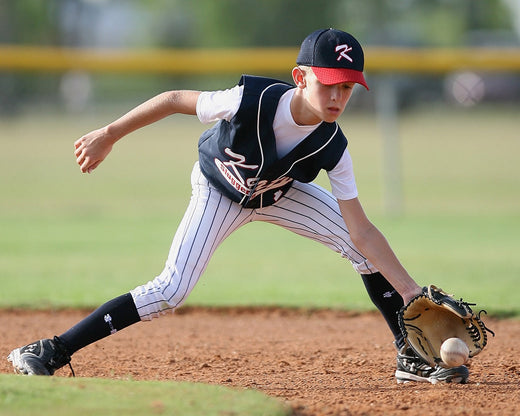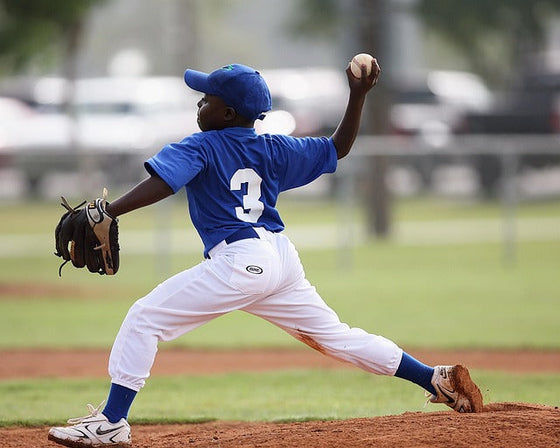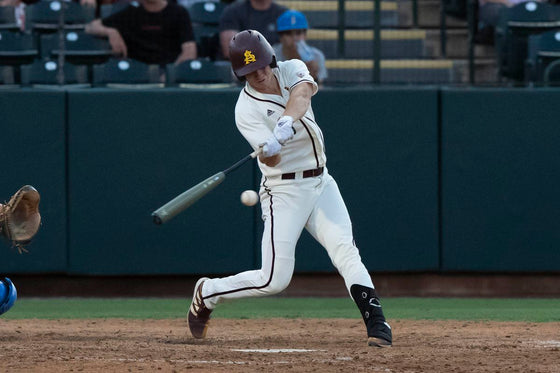by Bobby Woods October 30, 2024

In #youthbaseball finding the right #baseballfieldingposition can be a game-changer for young players. Watching instructional #baseballvideos can be a valuable way for kids, parents, and coaches alike to understand the roles, skills, and responsibilities of each position, helping young athletes explore their strengths, gain confidence, and feel more connected to the game. While coaches often assign positions at the start of the season, familiarizing kids with the unique skillsets for each position ensures they’re set up to thrive. Here’s a breakdown of fielding positions and the qualities that may best suit young players in these roles.
The baseball pitcher is at the heart of every game. A good pitcher controls the pace and sets the tone for both the defensive side and their team’s morale. Pitching is a physically demanding position, requiring not only a strong arm but also good accuracy, mental toughness, and a high level of focus. Young pitchers must be comfortable handling pressure, as they’re often in the spotlight and must perform under intense scrutiny.
Bobby Woods is a former Chicago Cubs Player & Arizona State University Graduate
Skills for Pitchers
The catcher has perhaps the most physically demanding role on the field. Positioned directly behind home plate, they must catch every pitch, prevent wild pitches from advancing runners, and throw out base runners trying to steal. Catchers need to be quick thinkers, as they often help call pitches, and they need to understand the game deeply to guide the pitcher through challenging at-bats.
Skills for Catchers
A first baseman’s primary job is to field throws from other infielders and secure outs at first base. First basemen need quick hands, strong footwork, and a consistent glove, as they’ll handle numerous plays during each game. A player with a tall or larger frame can be a natural fit here, as it helps with reach.
Skills for First Basemen

Positioned between first and second base, the second baseman handles many quick plays and ground balls. Speed and agility are essential here, as they need to cover a lot of ground, back up the shortstop, and quickly turn double plays with the shortstop and first baseman.
Recommended Skills to Have For This Spot
The shortstop plays a key defensive role and covers the area between second and third base. Often seen as the best all-around athlete on the field, the shortstop needs strong defensive skills, excellent agility, and the ability to make long throws across the field. Young players with versatility, speed, and leadership qualities often excel at shortstop.
Abilities to Possess
Known as the “hot corner” due to the high-speed line drives often hit their way, third basemen need sharp reflexes and a solid glove. Since they’re close to the batter, third basemen must make fast decisions and be prepared to field hard-hit balls.
Position Requirements

Outfielders, including left field, center field, and right field, are responsible for catching fly balls, fielding ground balls that make it past the infield, and throwing accurately to bases. Strong arms and good speed are vital here, especially in center field. Outfielders are often athletic players who can quickly cover large areas.
Skills for Outfielders
Helping kids find the right position in baseball involves recognizing both their strengths and what they enjoy most about the game. Coaches and parents should start by observing players early on, noting where each child naturally excels.
For example, a player who loves chasing balls could be a natural fit for the outfield, while one with a strong arm might find success at third base or shortstop. It’s also important to encourage exploration by allowing kids to try multiple positions. This approach not only helps them find their best fit but also promotes an all-around understanding of the game. Beyond skills, focus on the child’s enjoyment—if they’re excited about their role, they’ll bring more focus and enthusiasm to the field. Finally, remember that young players may need time to find their ideal spot; flexibility and patience are key as they grow, and positions might change seasonally as they develop new skills.
By understanding the unique demands of each position, kids can be placed where they’ll develop best, grow their confidence, and contribute to the team. With the right fit, young players feel valued, engaged, and enthusiastic about learning the game of baseball.
Comments will be approved before showing up.

by Bobby Woods November 26, 2025

by Bobby Woods June 10, 2025

by Bobby Woods April 22, 2025
Sign up to get the latest on sales, new releases and more …

Bobby Woods
Author